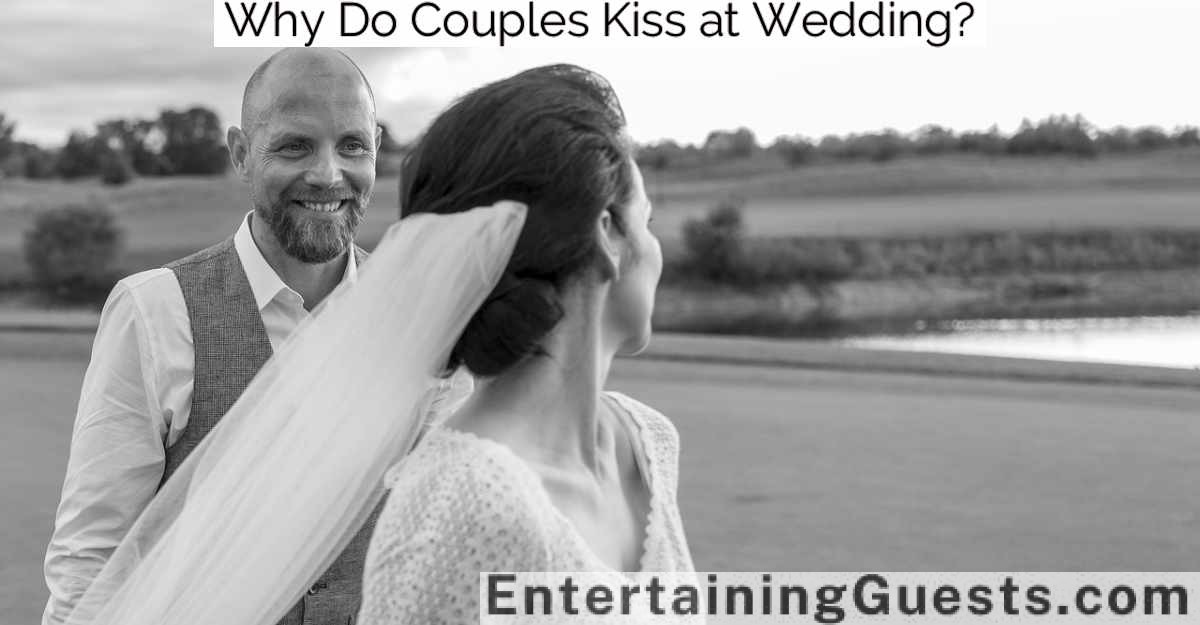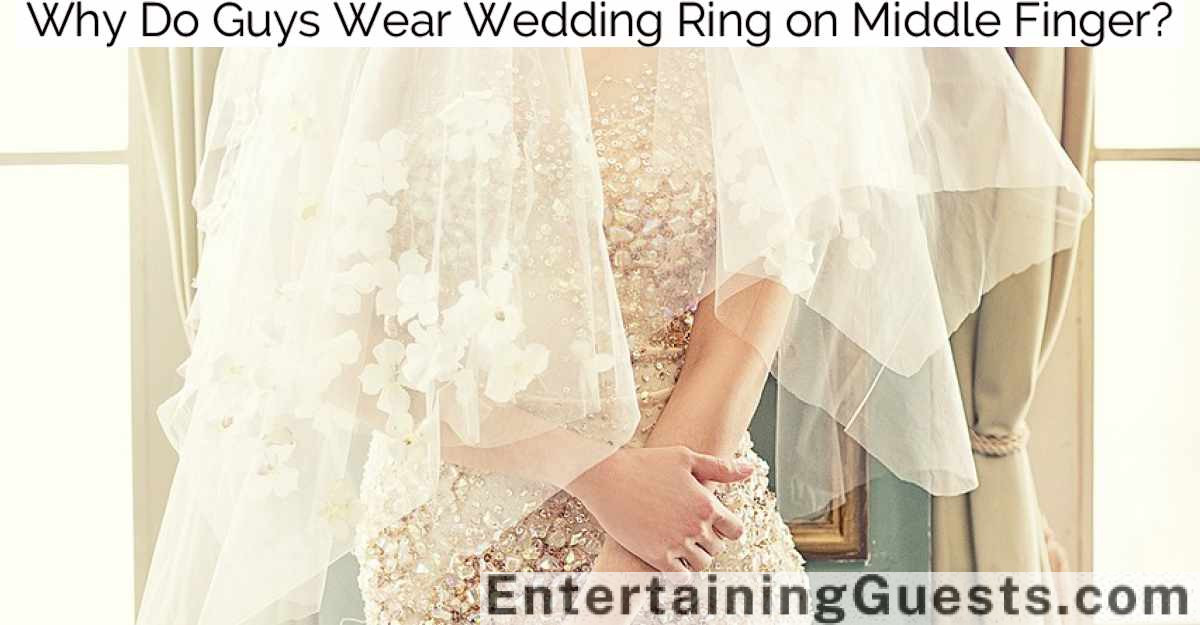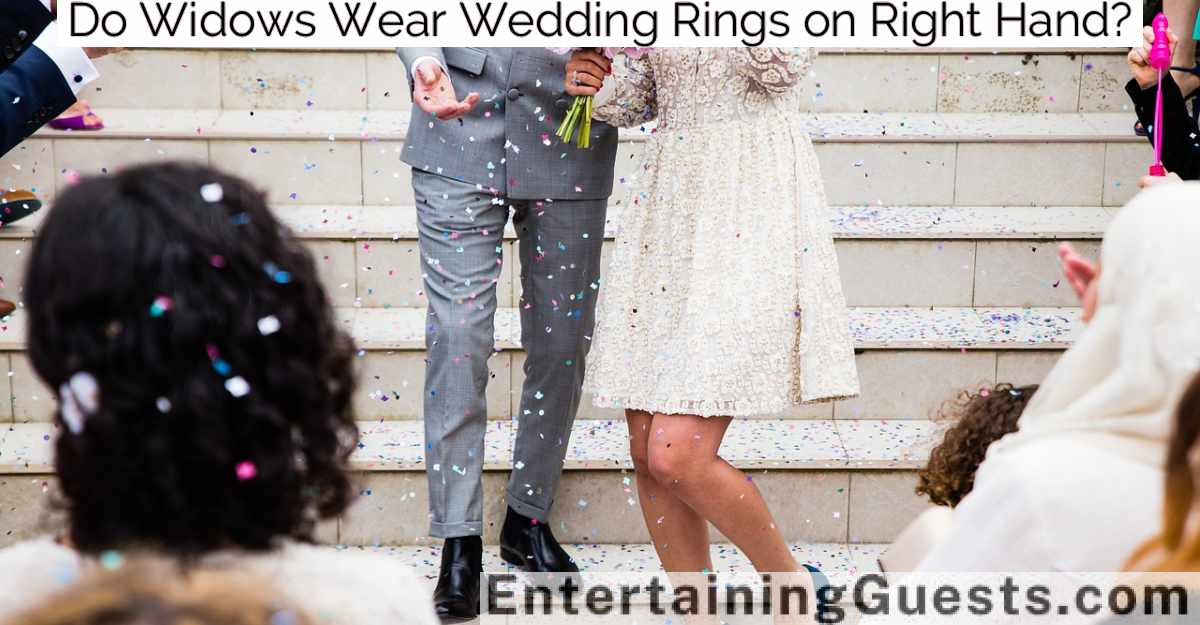Yes, wedding programs are not strictly necessary but they serve several important functions that can enhance the overall experience of your ceremony.
These elegant guides help guests follow the order of events, introduce members of the wedding party, and explain the significance of cultural or religious traditions, which is particularly useful for those not familiar with them.
By detailing the ceremony’s sequence, wedding programs assist in managing the flow and maintaining engagement among attendees. They also provide a stylish keepsake from the special day.
Whether to include them should be considered based on factors such as budget, style preferences, and the type of experience you wish to create for your guests.
Modern couples might explore creative alternatives to traditional programs.
Understanding Wedding Programs
Wedding programs, often seen as a roadmap of the ceremony, guide guests through the sequence of events while providing a personal touch. These printed materials can vary extensively in style and content, reflecting the couple’s unique tastes and the formality of the occasion. Typically, they include details such as the names of the wedding party members, the order of events, and acknowledgments or dedications.
Crafting a wedding program involves several considerations. First, the couple must decide on the design and format that aligns with their wedding theme—be it classic, rustic, modern, or whimsical.
Paper choice and printing techniques also play a vital role in achieving the desired aesthetic, whether it’s luxurious letterpress, elegant embossing, or simple digital prints.
Furthermore, the content needs to be meticulously planned. It’s not just about listing events; it’s about helping guests understand the significance of each tradition or custom included in the ceremony. For instance, explaining the meaning behind a cultural ritual can enhance guests’ appreciation and engagement.
In essence, the program serves as both a guide and a keepsake, crafted to complement the ceremony while ensuring guests feel included and informed.
Benefits of Having Wedding Programs
While it may seem like just another detail, including a wedding program can greatly enhance the guest experience. These carefully curated pamphlets not only guide attendees through the ceremony’s sequence but also provide valuable context about the traditions or personalized elements the couple has chosen.
For instance, they can explain the significance of a sand ceremony or the story behind a chosen piece of music, deepening guests’ engagement and appreciation.
Furthermore, wedding programs serve as a stylish keepsake that encapsulates the day’s details. They can be designed to match the wedding’s theme, featuring elegant typography and high-quality paper that add a touch of sophistication.
Guests often appreciate having a physical reminder of the day, especially one that captures the ceremony’s emotional and aesthetic elements so beautifully.
Practically speaking, programs help manage the flow of the event. They inform guests about the timing of various phases of the ceremony, which is particularly useful in coordinating large groups or in venues with multiple event spaces.
This guarantees everyone is in the right place at the right time, making the event proceed more smoothly for both the hosts and the attendees.
Common Arguments Against Programs
Despite the numerous benefits, some argue that wedding programs are an unnecessary expense. Critics point out that in an era of digital communication and environmental consciousness, traditional paper programs may seem outmoded. They argue that most guests are well-acquainted with the flow of a wedding ceremony and mightn’t need a printed guide.
Moreover, they suggest that the cost of designing, printing, and distributing these programs can be better allocated towards other aspects of the wedding that enhance guest experience, such as food or entertainment.
Additionally, some believe that wedding programs often end up as discarded afterthoughts, contributing to waste. This perspective is particularly resonant with couples aiming for eco-friendly wedding options. They prefer to minimize their carbon footprint, and eliminating paper programs is a step towards that goal.
There’s also the consideration of simplicity and minimalism in modern weddings. A growing trend among couples is to reduce the number of elements involved in the ceremony, aiming for a more intimate, personal experience.
They argue that omitting the program helps focus the attention on the ceremony itself, rather than on a physical document. This approach not only cuts down on costs but also aligns with a streamlined, elegant aesthetic.
Alternatives to Traditional Programs
Acknowledging the concerns about traditional wedding programs, many couples are now exploring creative alternatives that align with modern preferences and environmental values.
Instead of paper programs, some opt for digital versions, which guests can access on their smartphones via QR codes displayed beautifully at the venue entrance. This method not only reduces paper waste but also allows for last-minute updates and interactive features such as digital guestbooks.
Another stylish option is the use of chalkboards or large mirrors elegantly scripted with the day’s itinerary. Positioned strategically, these can serve as both functional items and decorative elements, enhancing the wedding décor while providing necessary information. They’re particularly popular in rustic or vintage-themed weddings.
For those who prefer something guests can hold, consider program fans. These dual-purpose items keep guests cool during warm outdoor ceremonies and contain essential details like the order of events and the names of the wedding party. They can be crafted from recycled materials, adding a touch of eco-conscious elegance.
Each alternative offers a unique way to blend functionality with personal style, ensuring that the wedding remains an organized, enjoyable experience for everyone involved.
Making the Decision: Programs or Not
Deciding whether to include wedding programs in your celebration hinges on several factors, including guest experience, theme, and budget.
If you’re planning a ceremony with numerous cultural or religious rituals, programs can serve as a useful guide for guests unfamiliar with the traditions. They’re also handy for outlining the sequence of events, especially in more elaborate weddings.
Consider the style and sophistication of your wedding. A program can add a touch of elegance, serving not just as a guide, but as a keepsake for your guests.
However, if you’re aiming for a minimalistic approach or if the budget is tight, it might be wise to skip them. Nowadays, many couples opt for digital versions or large signage at the venue as cost-effective alternatives.
Ultimately, the decision should reflect what makes sense for your event. Think about your guests’ needs and your overall wedding aesthetic.
If you decide against traditional programs, perhaps invest those funds into another aspect of your wedding that might enhance the guest experience even more.
Whether you choose to include them or not, ascertain your decision aligns with the vision and practicalities of your special day.
Conclusion
Ultimately, whether to include wedding programs hinges on personal preference and the event’s style. These handy guides offer guests a clear roadmap of the ceremony, adding a touch of elegance and keeping everyone engaged. However, for those seeking simplicity or a less formal vibe, skipping traditional programs or opting for creative alternatives might better suit the occasion. Weighing the practical benefits against the event’s tone and budget will guide couples in making a choice that enhances their special day.







